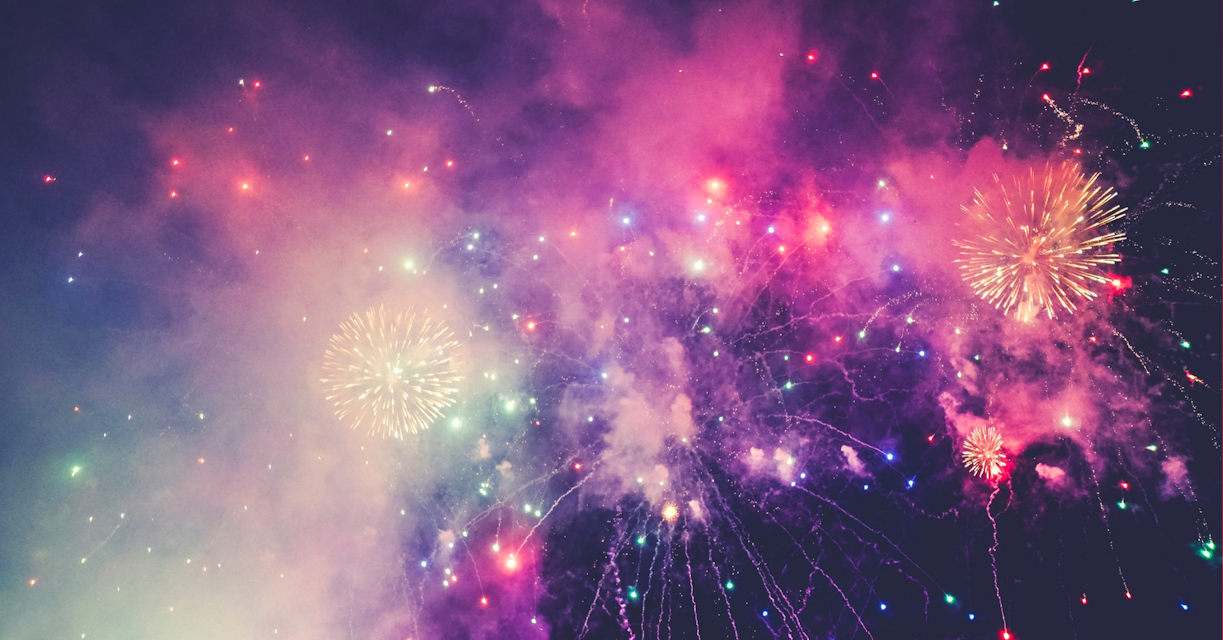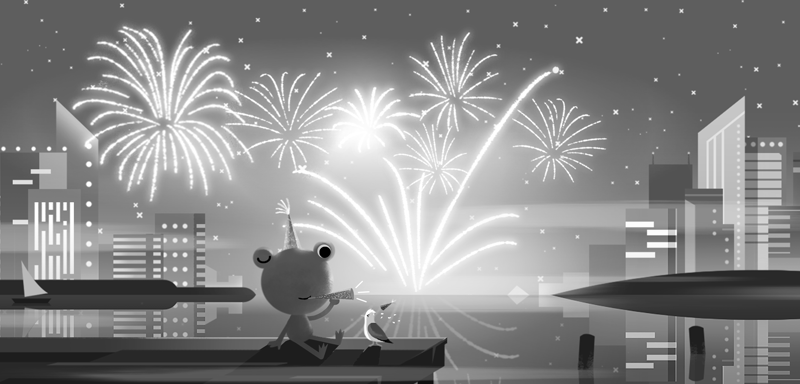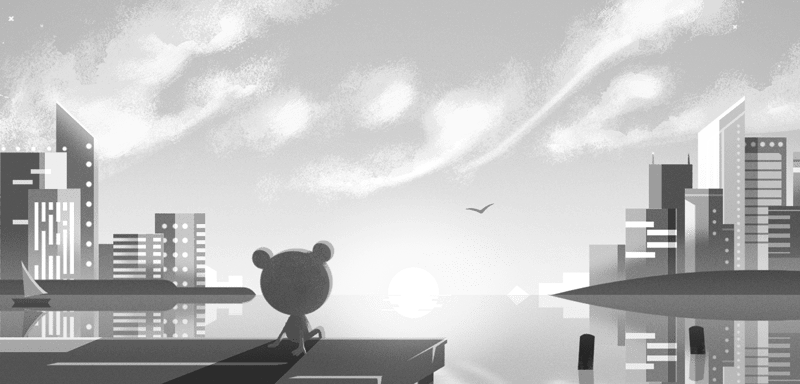


Photo: Unsplash
Tennyson's poem Ring Out, Wild Bells speaks of the frosty light and the flying cloud on New Year’s Eve. Was the frosty light from the fireworks and the flying cloud from the smoke and dust thereafter? We may never find out exactly what Tennyson was referring to, but it sure does fit the profile. From New York City to London to Paris to Dubai to Moscow to Sydney, fireworks have been and continue to be a quintessential part of the New Year Celebrations. Heck this time even Froggy the weather frog celebrated New Year’s Eve on Google Doodle watching the fireworks!

Photo: Google
The downside of these flashy explosions that dazzle the night sky is that they cause particle pollution. According to the EPA, particles that are 10 micrometers in diameter or smaller (PM10) pose the greatest problems. Of these, fine particles that are 2.5 micrometers in diameter or smaller (PM2.5) are of particular concern. Scientific evidence shows that exposure to fine particles can cause cardiovascular effects (heart attacks, heart failure and strokes). Evidence also shows that exposure to fine particles is likely to cause respiratory effects (asthma attacks, reduced lung development in children and increased respiratory symptoms such as coughing, wheezing and shortness of breath).
The Ambient Air Pollution map above shows the concentration of fine particles (PM2.5) around the world. Alarmingly, many countries are barely within the moderate air quality index (PM2.5 concentration of 51 to 100 micrograms per cubic meter) limit. In urban areas, where most of the fireworks displays happen, the PM2.5 concentration, as shown in the Ambient Air Pollution, Urban map below, is worse.
Several studies have documented significant increases in particulate matter during and following fireworks with PM2.5 concentrations found to temporarily jump to unhealthy (PM2.5 concentration of 101 to 300 micrograms per cubic meter) and hazardous (PM2.5 concentration of 301 to 500 micrograms per cubic meter) levels. This brings us back to our question. Is it really really really worth it to ring in the New Year with smoke and dust? Maybe we should steal a line from Tennyson and Ring Out, Polluting Fireworks for good. From the looks of it, Froggy agrees too. After all, what was left of the dazzle was neither pretty nor healthy!

Photo: Google
Mapystics Visualizations are interestingly interactive, information rich, live updating, aesthetically appealing and highly responsive. Embed or share one right away!

© Mapystics LLC All Rights Reserved.
Terms of Use | Privacy Policy | Cookie Policy | Disclaimer
info@mapystics.com